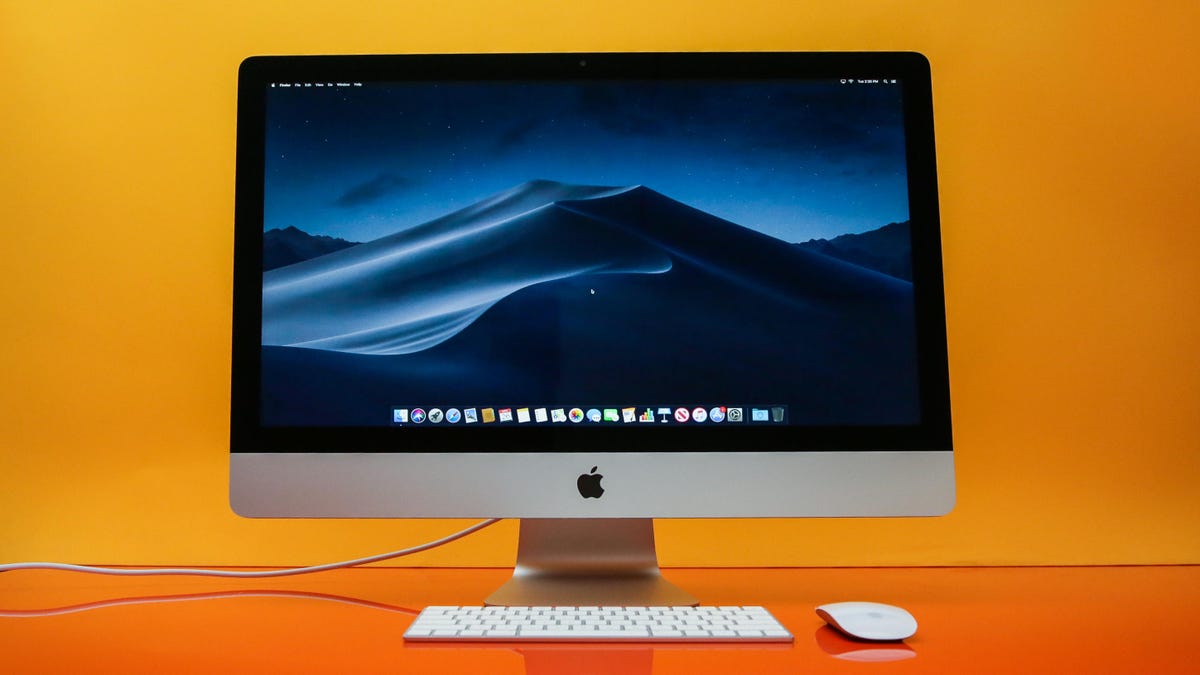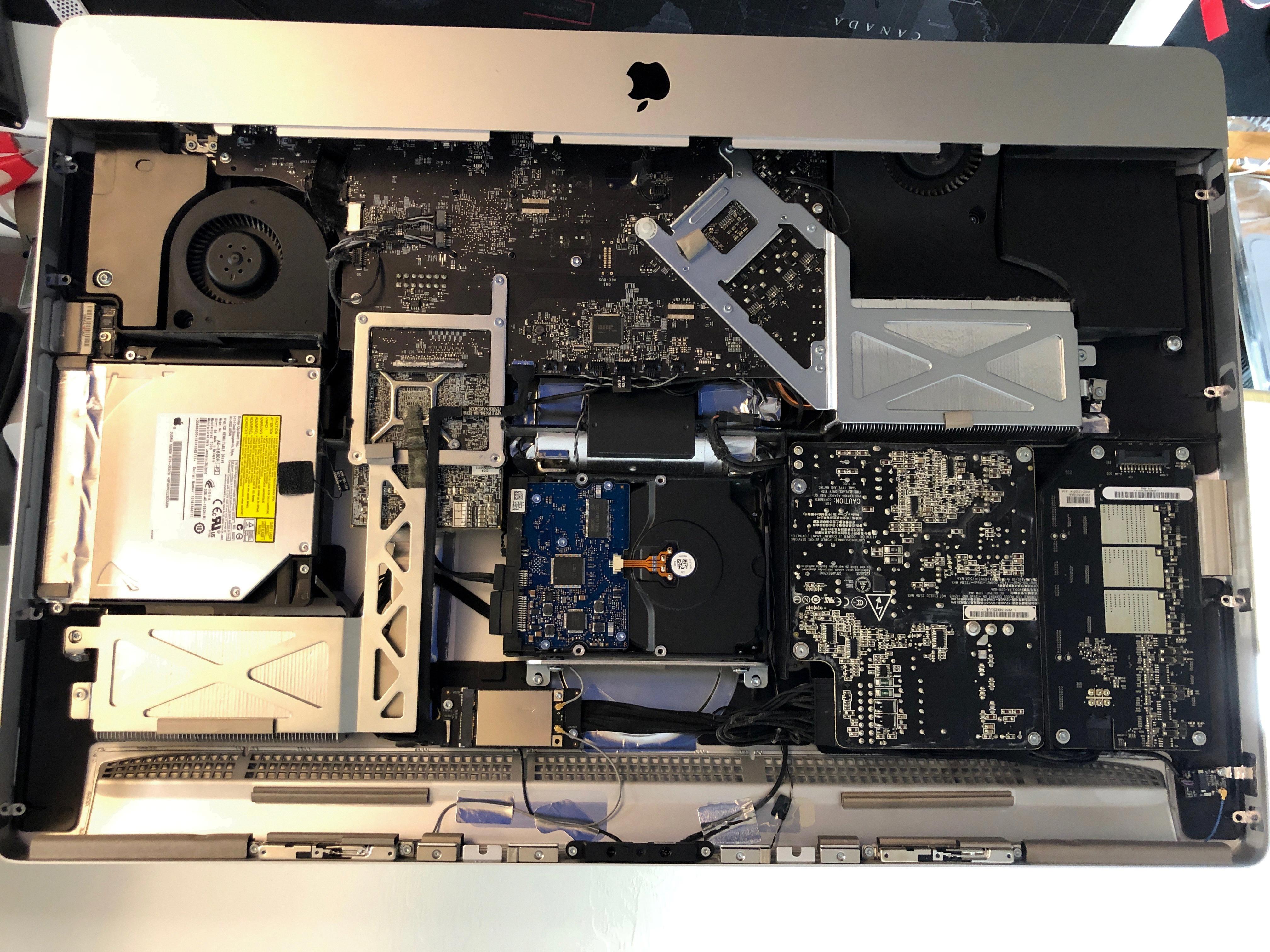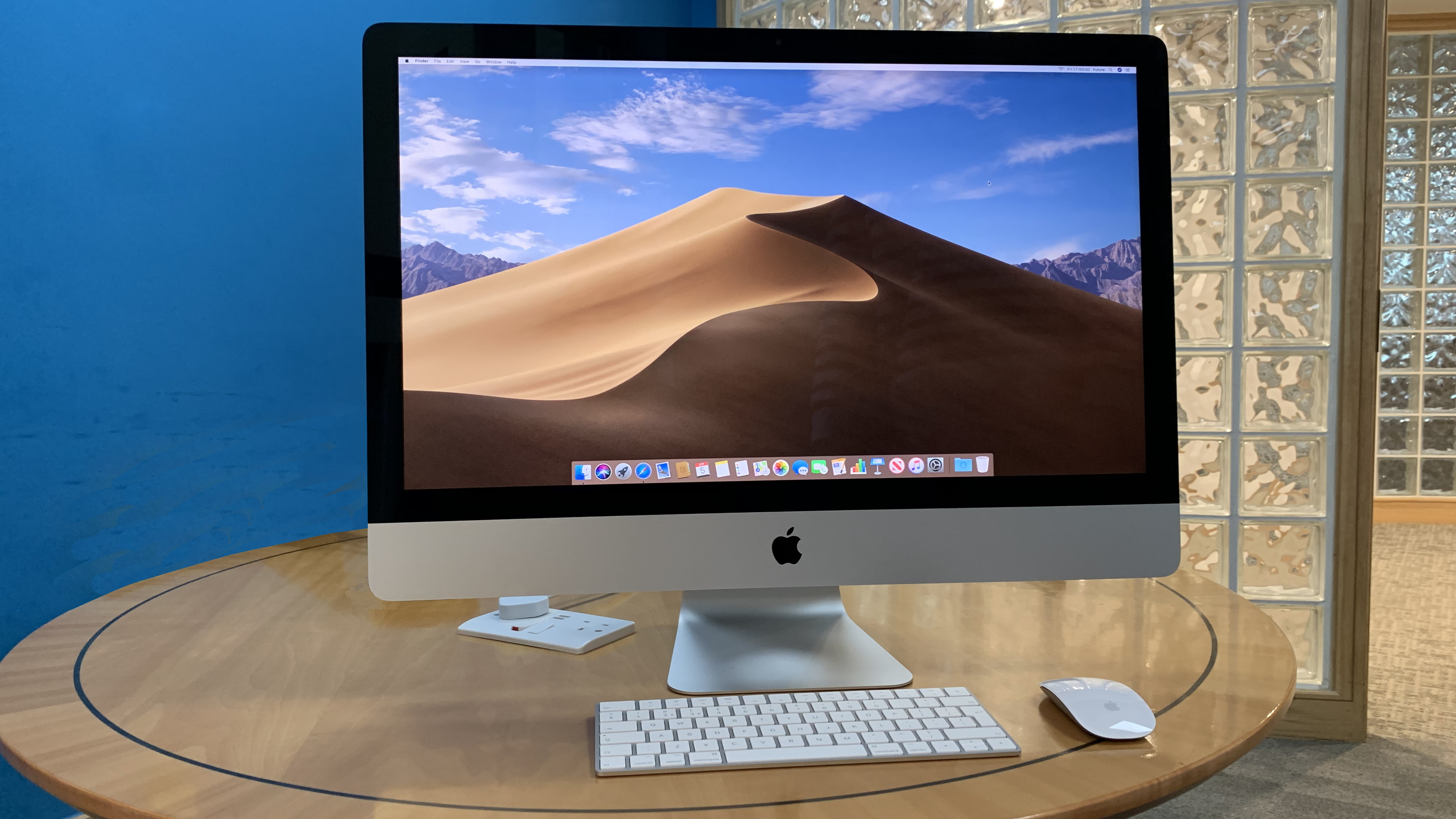If you have an iMac (2019) and you’re looking to upgrade your system, one of the best options available is to replace the Fusion Drive with an SSD. An SSD will give your iMac a huge boost in performance, as well as dramatically increase its storage capacity.
The 2019 models of the iMac come standard with either a 1TB or 2TB Fusion Drive, which is made up of both a hard disk drive (HDD) and a solid-state drive (SSD). The Fusion Drive combines the storage capacity of a spinning HDD with the speed of an SSD, allowing for faster boot times and improved overall system performance. However, when compared to an all-SSD system, the Fusion Drive still falls short in terms of speed.
Replacing your iMac’s Fusion Drive with an SSD will provide you with a significant increase in both speed and storage capacity. An SSD is much faster than a hard drive and only requires a fraction of the power that a traditional HDD does to operate. Additionally, modern SSDs offer much higher capacities than what was available when the iMac was released just a few years ago. For example, some high-end models can offer up to 8TB or more storage space!
Installing an SSD into your iMac is also fairly straightforward and doesn’t require any special tools or technical know-how. All you need is the right type of adapter (which varies depending on which model iMac you have), along with your desired SSD and some basic instructions on how to install it inside your computer. Once you’ve acquired all these components and familiarized yourself with the installation process, installing an SSD should only take about 30 minutes or so.
So if you want to get more out of your iMac 2019 model then replacing its Fusion Drive with an SSD may be just what you need! Not only will it provide faster boot times, improved overall performance, and increased storage capacity – but it’s also relatively easy to do as well!

Replacing an iMac Hard Drive with an SSD
Yes, you can replace the hard drive in your iMac with a Solid State Drive (SSD). Depending on your model and year of manufacture, you may need to purchase an adapter bracket to fit the SSD into the space available. An SSD offers faster performance with up to 32x more capacity than the original drive, so it is a great upgrade for any iMac.
To install an SSD in an iMac 21.5” (Late 2012 & early 2013), you will need to remove the lower plastic cover from the bottom of the computer. On newer models such as 27-inch iMacs (Late 2013 – 2019), you will need to open up the back panel and remove some additional components before you can access the mounting screws for your new drive.
When replacing your hard drive with an SSD, be sure that you have backed up all of your data first! Then, follow instructions carefully to ensure that everything is connected properly and that no components are damaged or lost during installation.
Comparing Apple Fusion Drive and SSD Performance
The Apple Fusion Drive is a hybrid storage system, that combines the features of an SSD and HDD. It’s a great choice for users who need the speed of an SSD combined with the storage capacity of an HDD. While it is faster than a regular hard drive, it doesn’t match the performance of an SSD in terms of speed.
When it comes to loading applications or booting up your computer, an SSD will generally outperform a fusion drive. SSDs are also better for running multiple tasks at once; they can access data faster and use less power than HDDs, allowing them to perform more efficiently.
However, if you’re looking for more storage capacity and don’t need blazingly fast speeds all the time, then an Apple Fusion Drive might be the right choice for you. The fusion drive can store up to 3TB of data, while most SSDs typically top out at 1TB or 2TB. The Fusion Drive also offers better reliability than an HDD due to its use of both solid-state and mechanical components.
Ultimately, it depends on your specific needs as to which type of drive is best for you: if you’re looking for maximum speed and performance then an SSD is probably your best bet; but if you need more storage capacity and don’t require peak performance all the time, then a Fusion Drive may be a better option.
The Benefits of Replacing an HDD With an SSD
Replacing your hard drive with a solid-state drive (SSD) can provide a substantial performance increase for your computer. With an SSD, you will experience faster boot times, faster application loading times, and improved overall system responsiveness. Additionally, SSDs are much more reliable than HDDs due to their lack of moving parts, which means they are less susceptible to physical damage and wear. Also, depending on the type of SSD you choose, you can enjoy greater storage capacity than what was available in most traditional hard drives. Installing an SSD is relatively straightforward and requires minimal technical knowledge or expertise. Simply remove the HDD from your computer, replace it with the new SSD, and reinstall your operating system and other programs.
The lifespan of an iMac Fusion Drive
An iMac Fusion Drive typically has a lifespan of around 6 to 7 years, depending on how well it is taken care of. The Fusion Drive combines a hard drive and solid-state drive (SSD) into a single storage unit, so you can enjoy the best of both worlds – the capacity of a hard drive with the speed and performance of an SSD.
The SSD portion of the Fusion Drive is what will determine its lifespan. Since an SSD has no moving parts, it’s much less likely to experience mechanical failures that can shorten the life of a hard drive, resulting in a longer lifespan overall. With proper care and maintenance, an iMac Fusion Drive should last between 6 to 7 years.
How Much Storage Does 256 GB of SSD Provide?
256GB of SSD storage is a significant amount of storage and should be sufficient for most users. It’s enough to store thousands of photos, dozens of large games, and many hours of HD video. If you’re someone who stores a lot of locally stored content such as photos, videos, music, or video games that can’t easily be offloaded into the cloud or to an external drive, then you might need more than 256GB. However, for the majority of users, 256GB should provide plenty of space to store their files and applications.
Conclusion
In conclusion, the iMac 2019 is an impressive desktop computer that can meet the needs of most users. It offers great performance, with powerful processors and graphics capabilities, as well as plenty of storage space for data. It also has a sleek design and a vibrant display. Plus, you can upgrade the system by adding an SSD for even more storage capacity. All in all, the iMac 2019 is an excellent choice for anyone looking for a powerful and reliable desktop computer.








